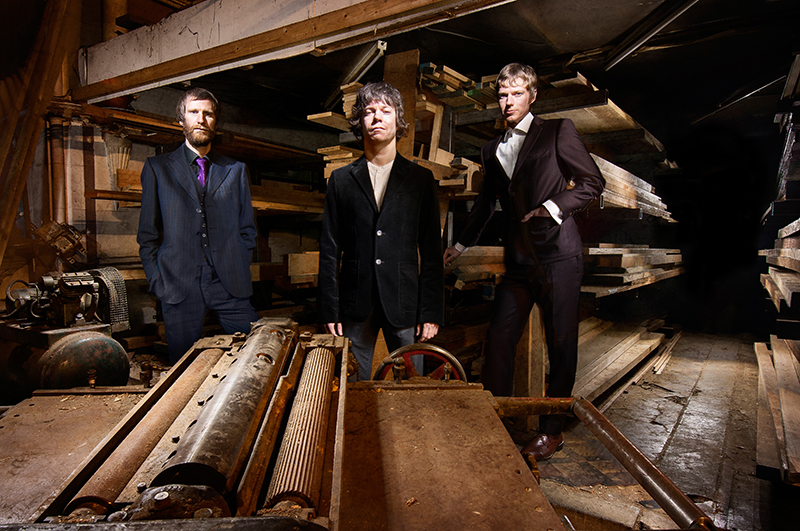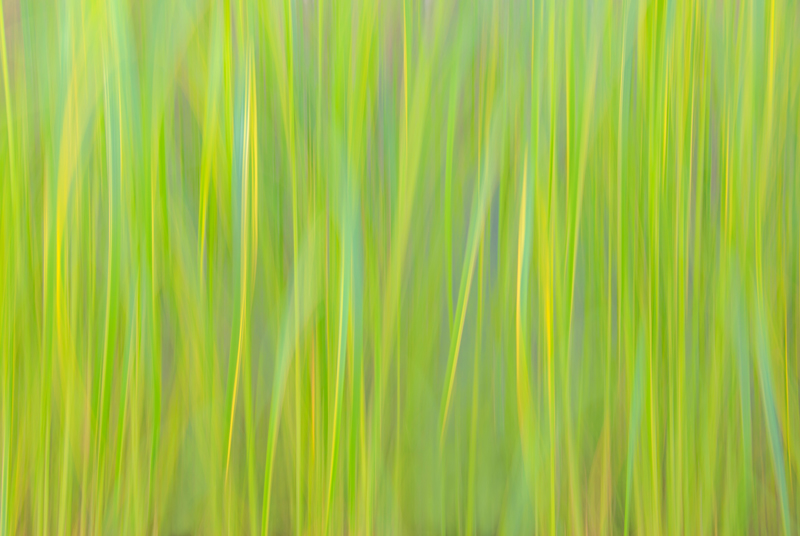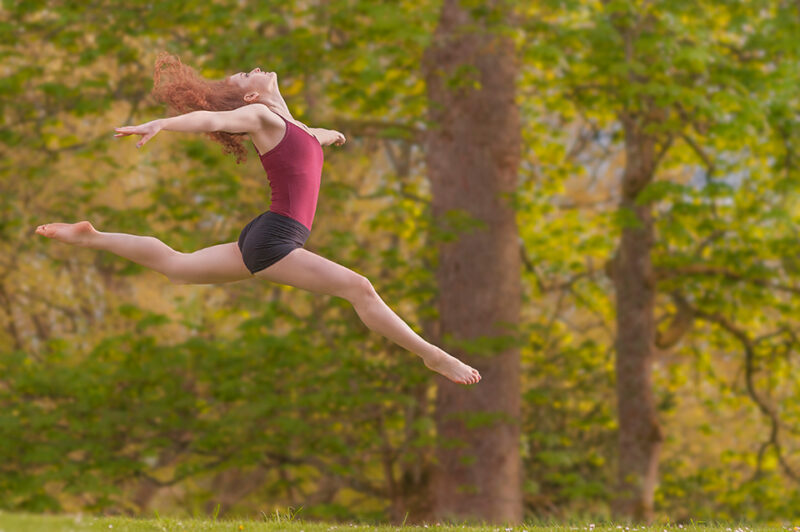As a scientist, I was always looking at new ways to solve old problems. In the words of Nobel prize winning physicist Richard Feynman “… every theoretical physicist who is any good knows six or seven different theoretical representations for exactly the same physics.” The reason is that while an old problem may yield to a particular solution method, new problems may not. In other words, it is vital for the progress of science to always look for fresh points of view.
Given a world saturated with imagery, it is also of prime importance for photographers to look for new points of view. For example, Joe McNally recently took his camera to the top of the tallest building in the world, the Burj Khalifa in Dubai. Since I couldn’t possibly hang 800m up in the air from the top of that building, I’m looking for other ways to create interesting imagery.
The use of reflections is a way to produce images that people may not be used to. The possible distortion from the reflecting surface can give your subject an unusual appearance. In the photograph below, the buildings are distorted by the curved windscreen of the tram.
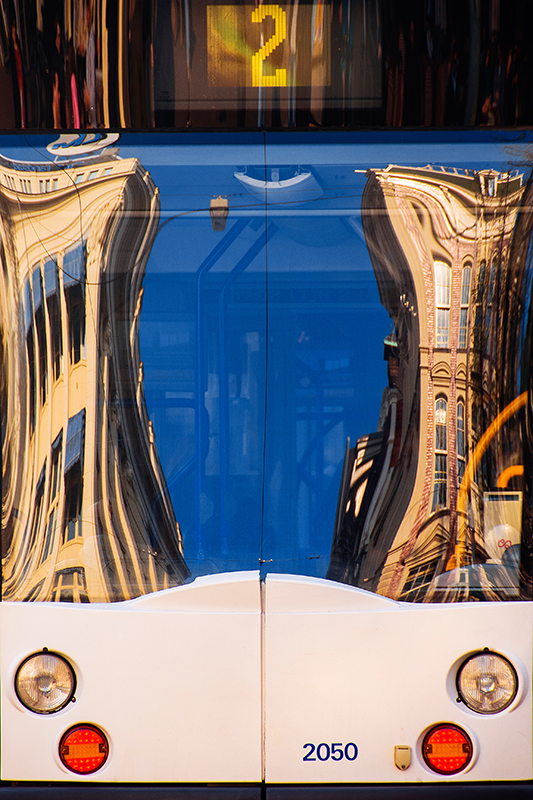
And the combination of the reflecting surface and reflected object can yield interesting juxtapositions, as in the picture above and the two below.
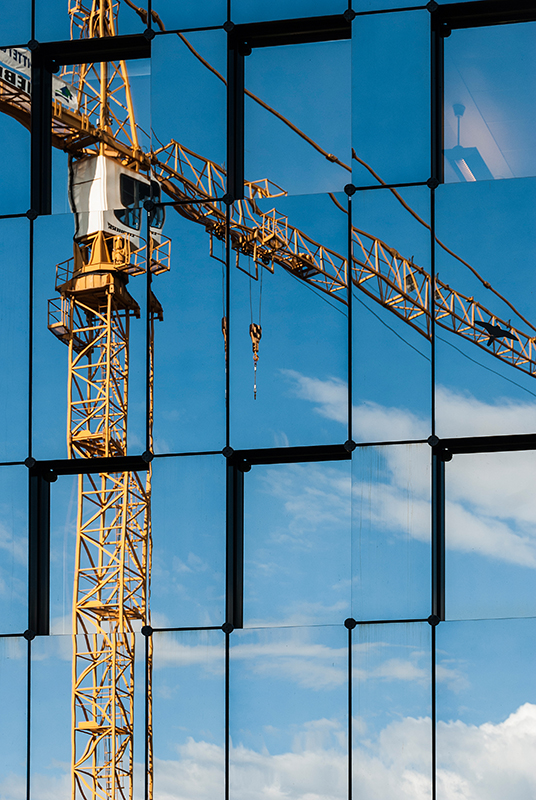
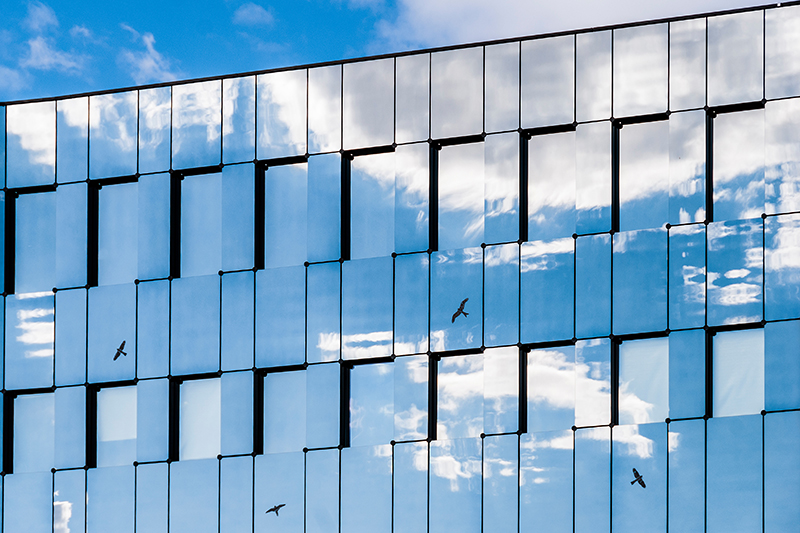
Share this content on

